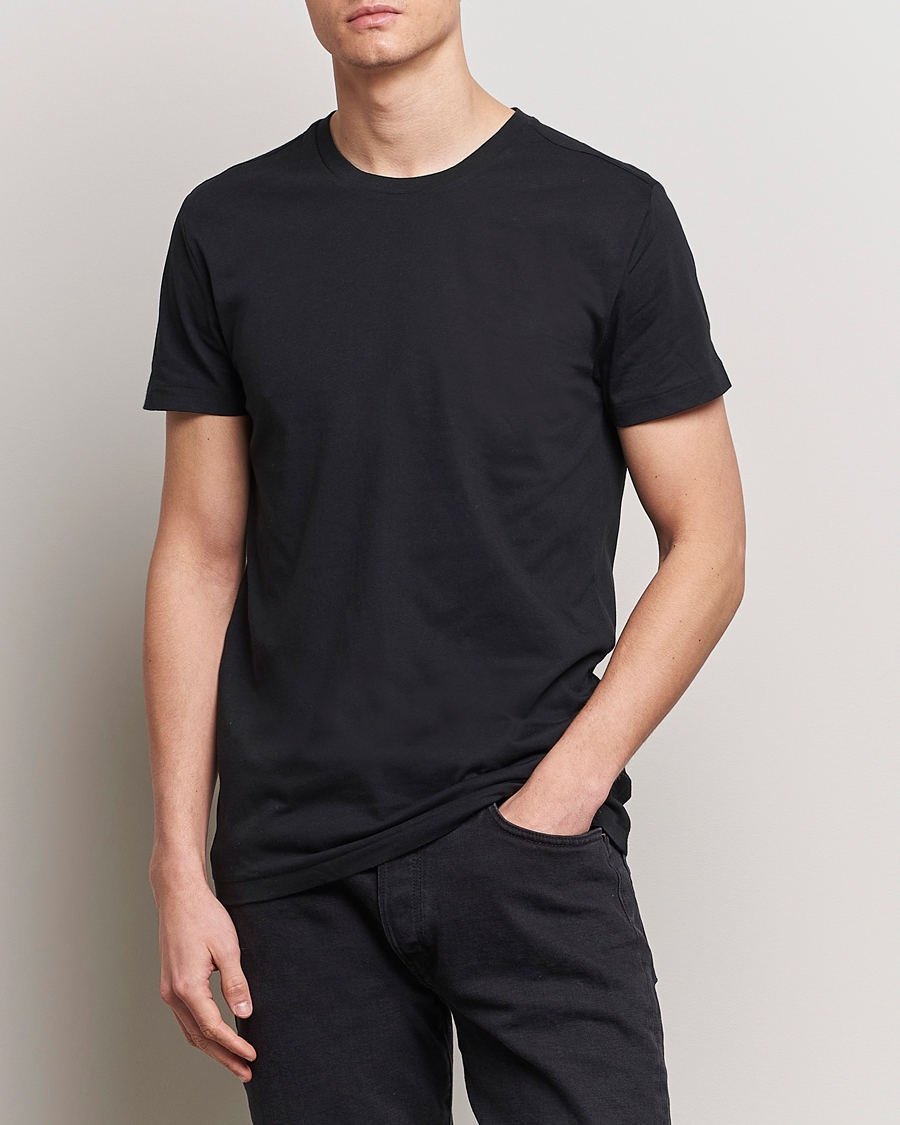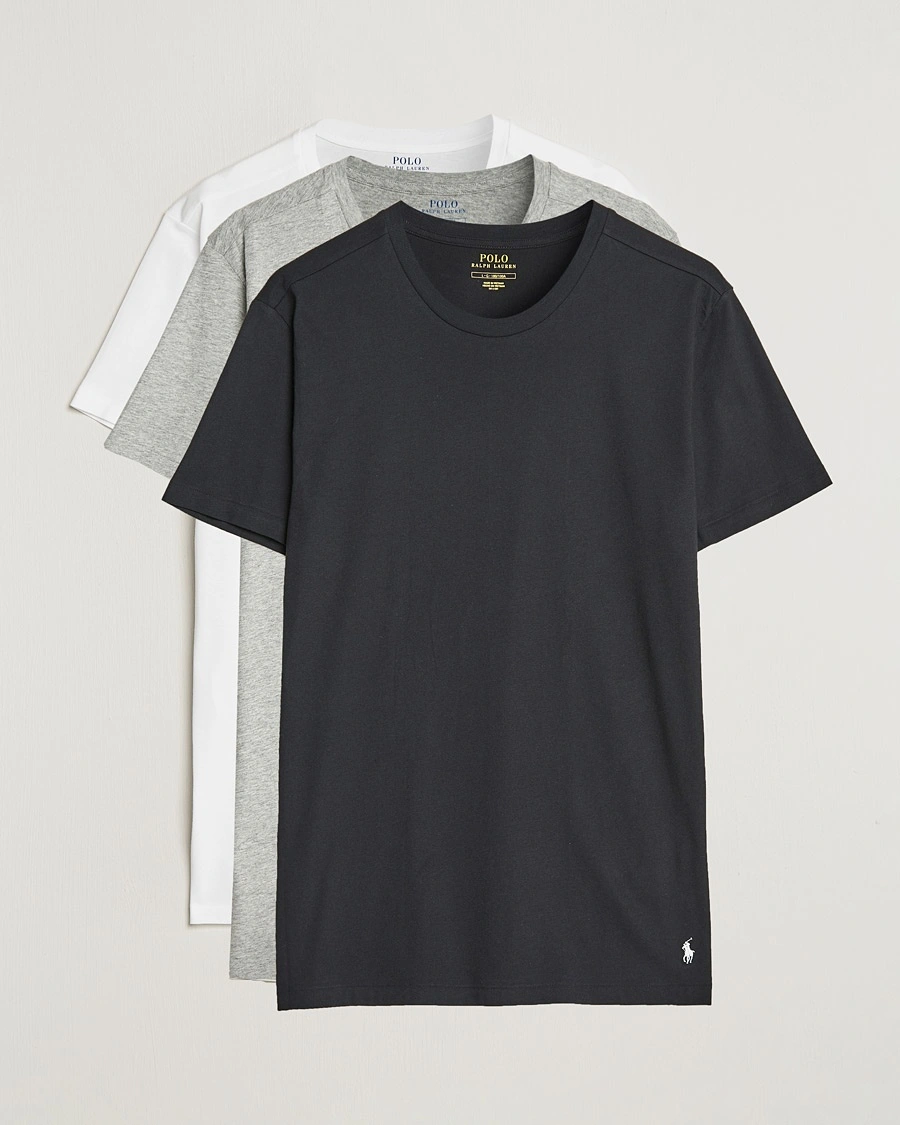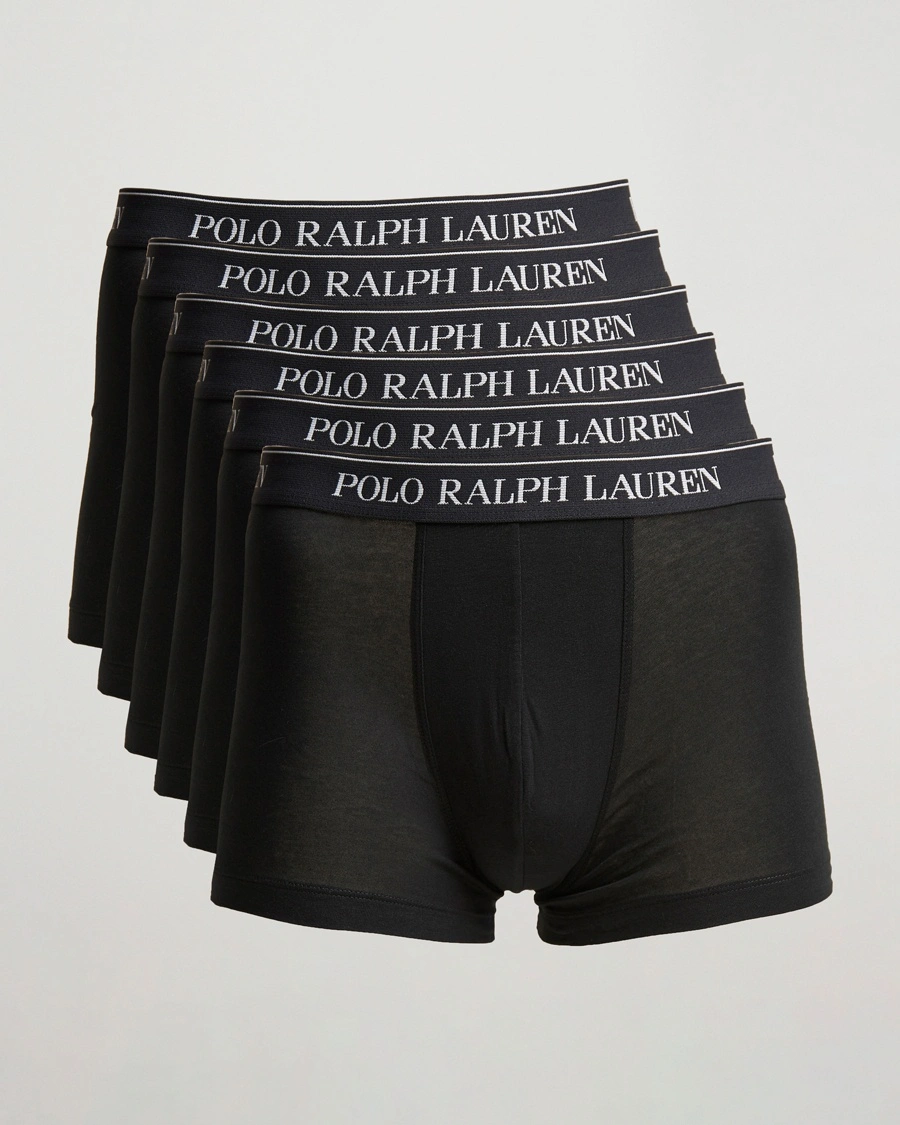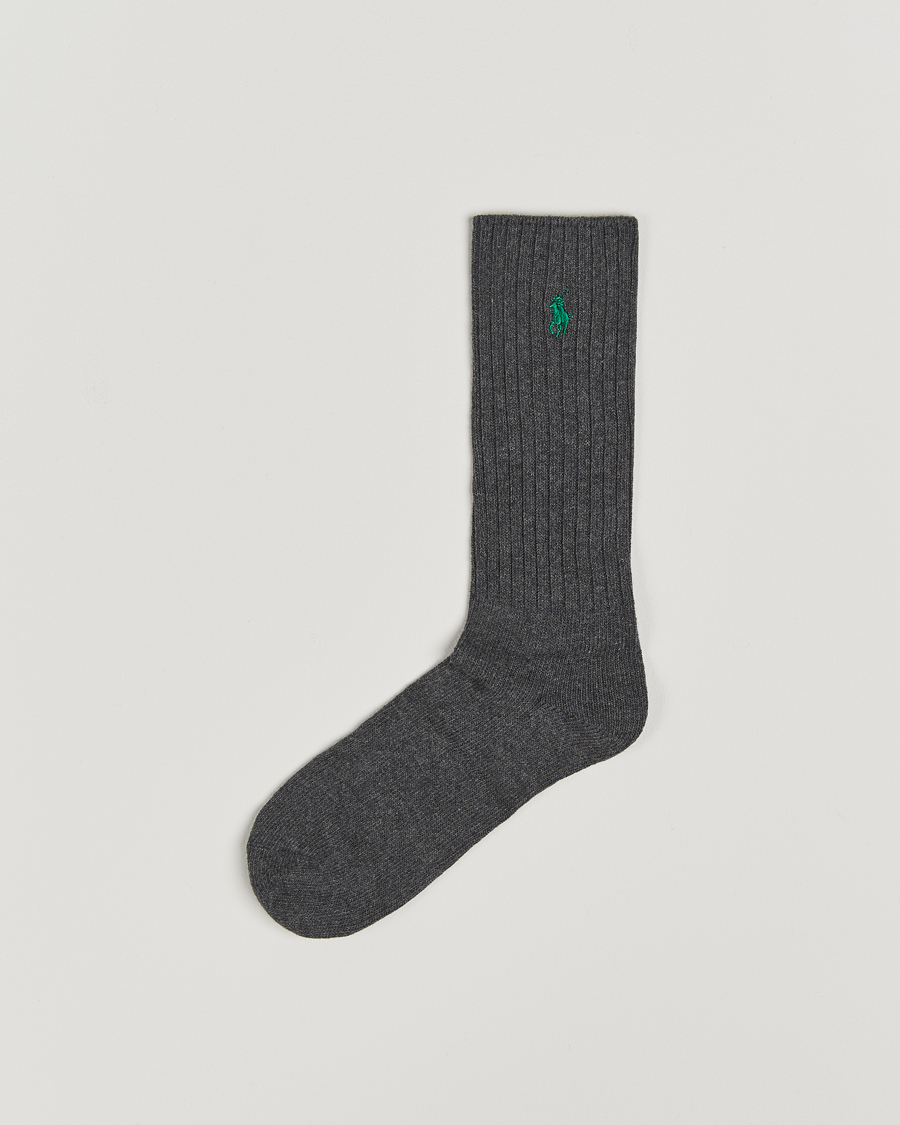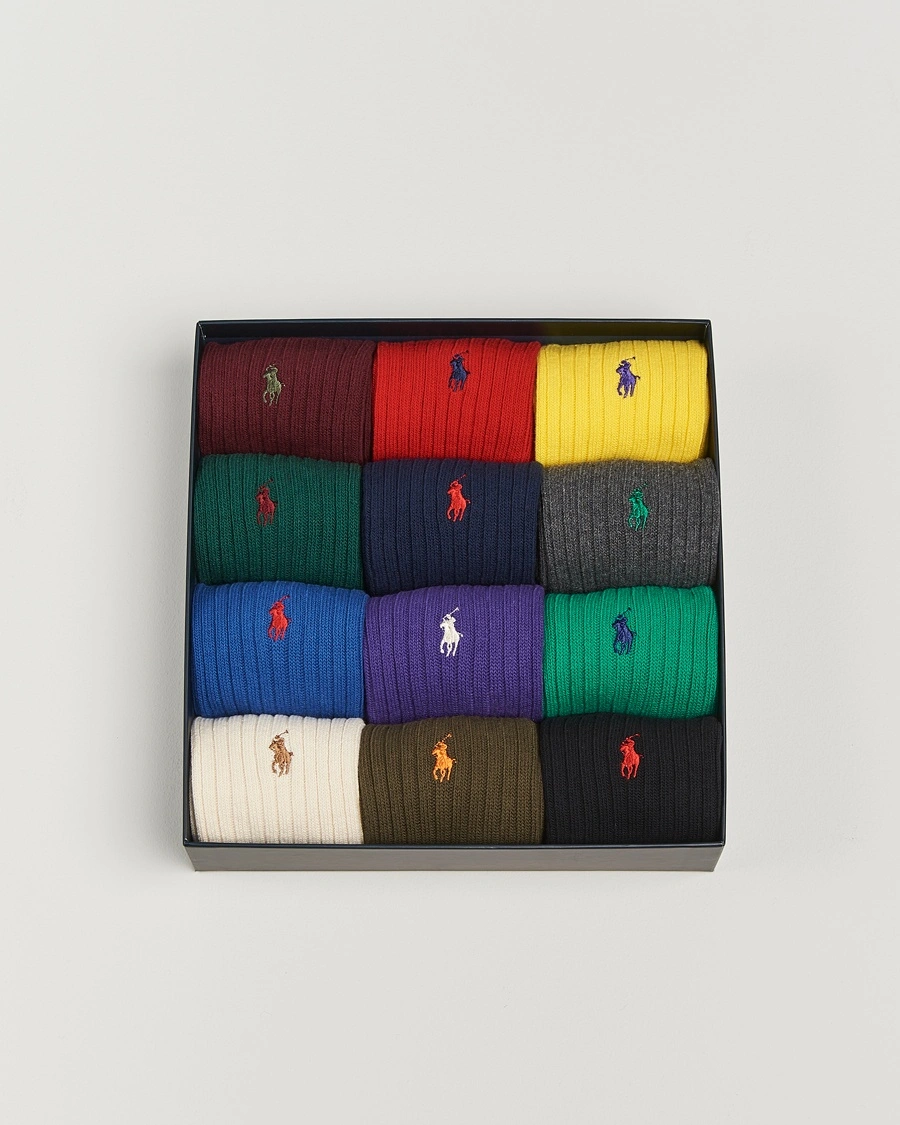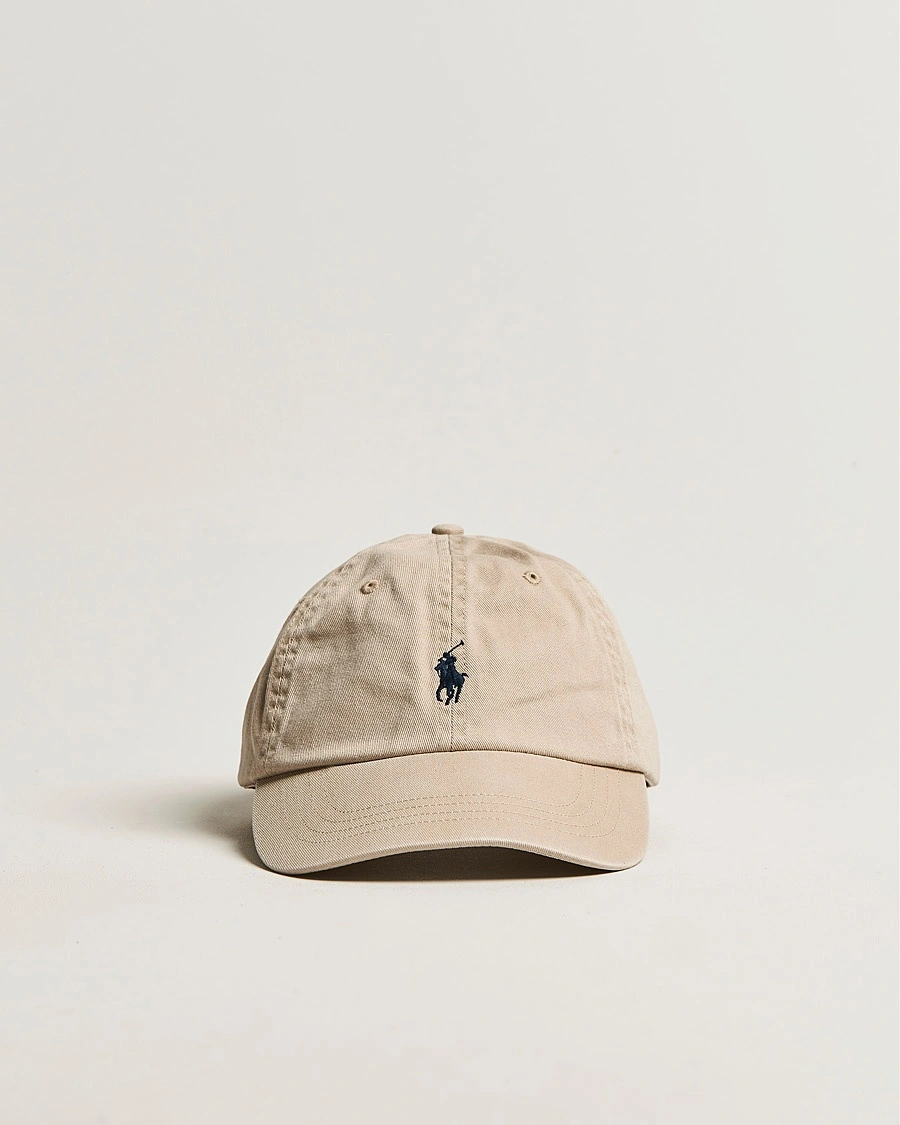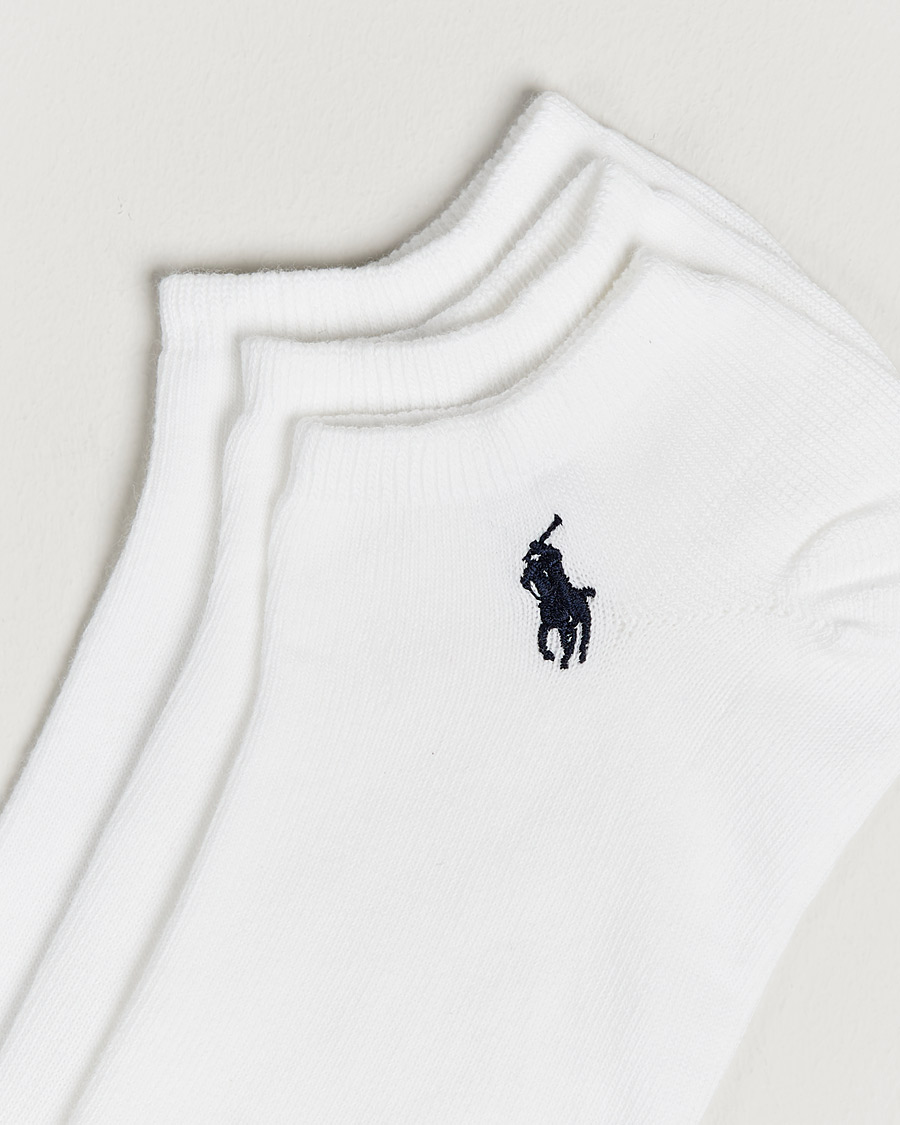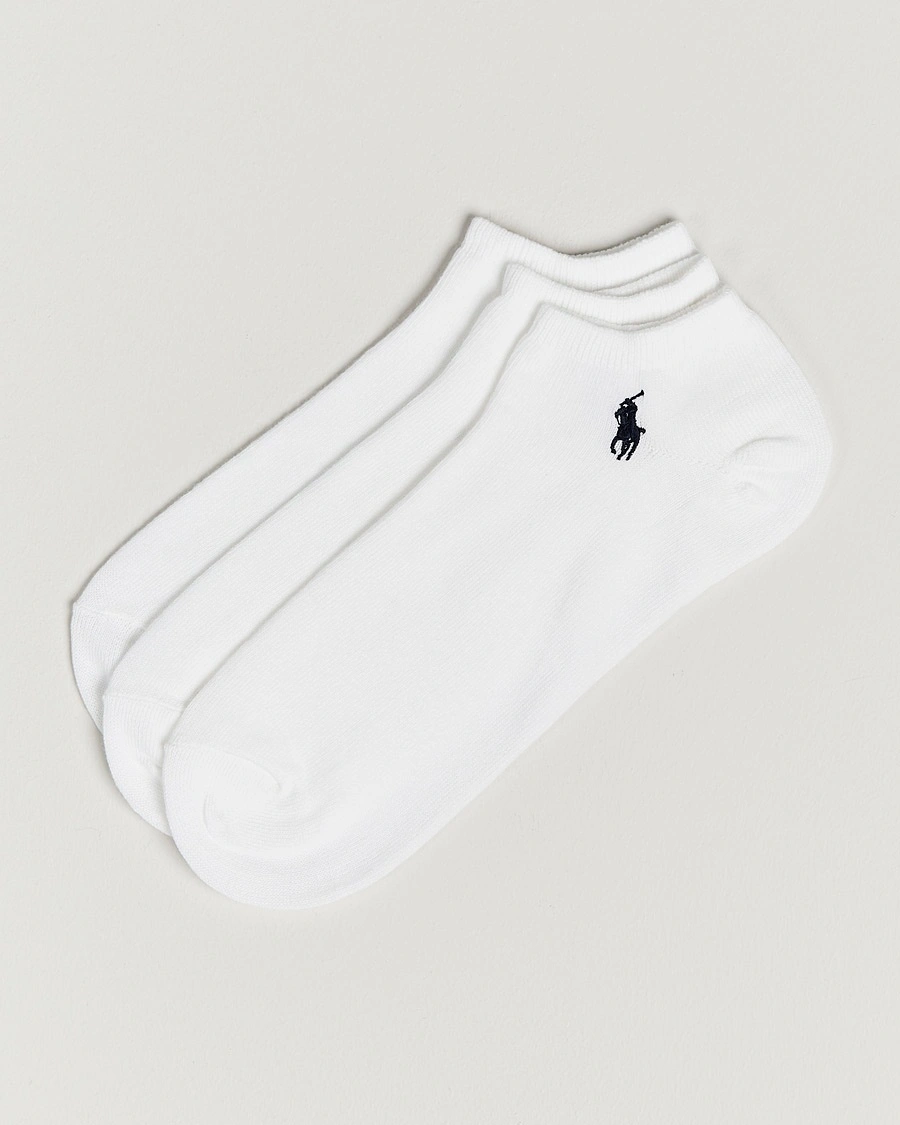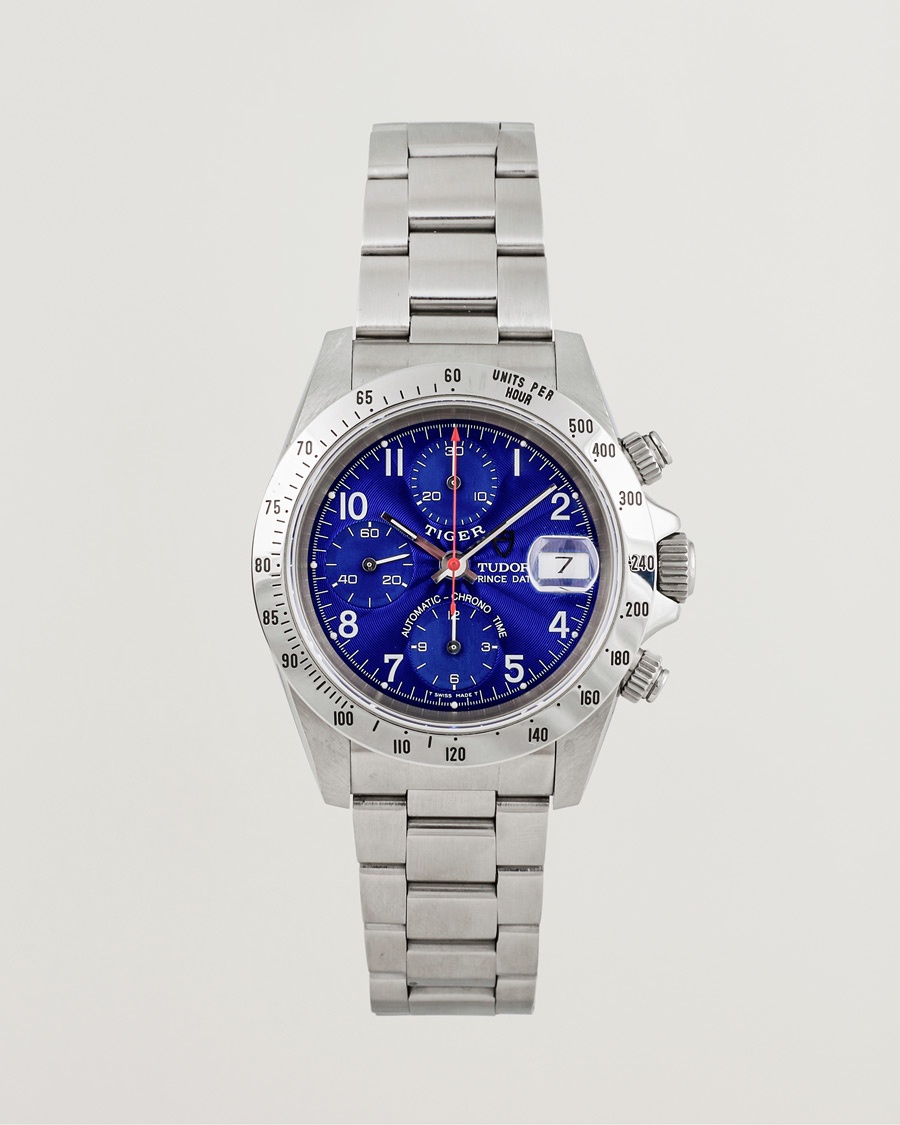
Everything you need to know about Tudor
Text: Joakim Rönnqvist
Photo: Gustaf Peterson
Although Hans Wilsdorf, Rolex's founder, registered the trademark Montres Tudor SA as early as 1926, it was not until 1946 that Tudor watches entered the market as a sister brand to Rolex.
The story and idea behind the brand


The reason Wilsdorf created Tudor as a second brand was to offer customers high quality watches at affordable prices without competing directly with Rolex and its strong market position. Tudor watches were originally manufactured with the same cases, crown and glass as big brother Rolex. What sets them apart is their ETA movements, which were modified by Tudor/Rolex to meet their high quality standards.
Today, Tudor manufactures its own movements and cases, which demonstrates their continued development and commitment to offering top-class timepieces within a reasonable price range.
The red and white rose
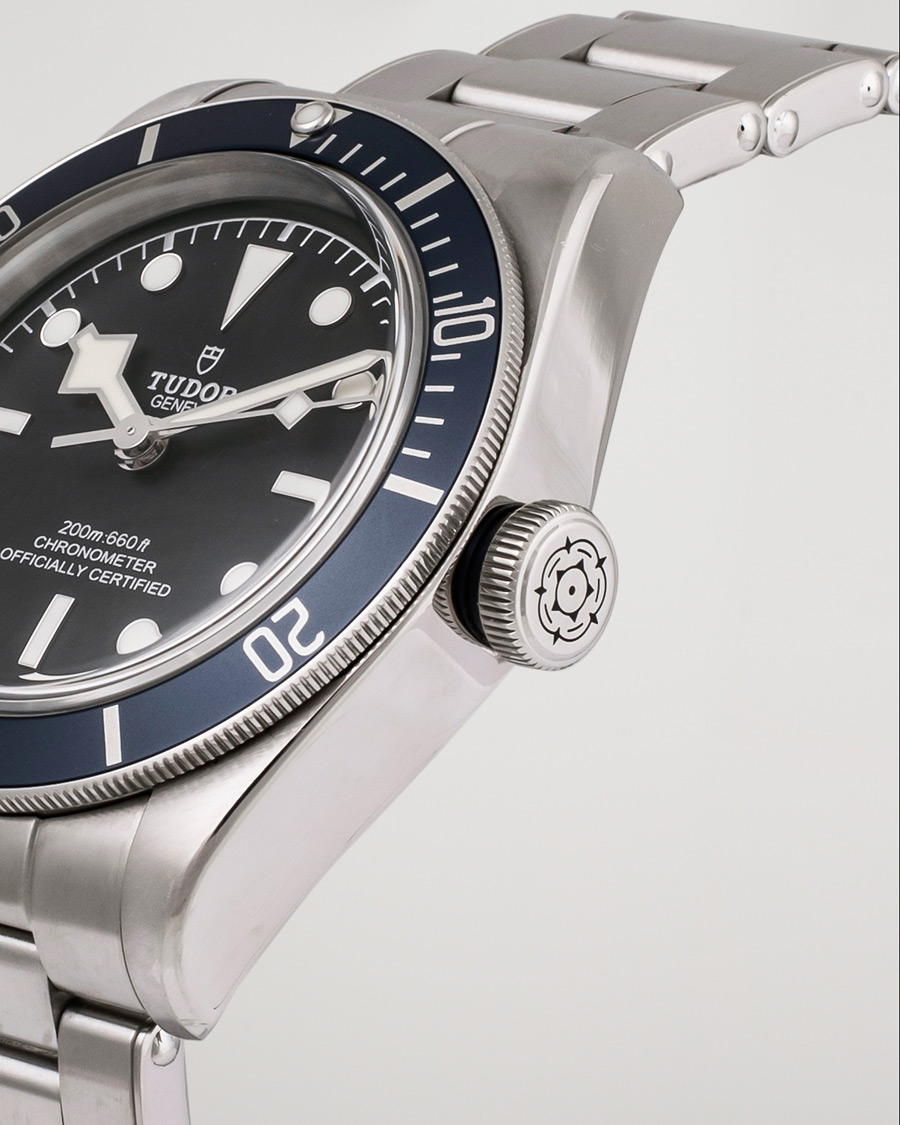
The name "Tudor" originates from the "Wars of the Roses", where the houses of Lancaster (with the white rose as a symbol) and York (with the red rose as a symbol) fought for the English. These houses eventually united under The House of Tudor and combined their symbols into the iconic red and white rose.
Wilsdorf, who was fascinated by the Tudor dynasty, chose to name his new brand Tudor and used his own version of the famous rose as decoration on the dials of the watches. Later, the Tudor rose in the logo was replaced by a shield, which has been the emblem of Tudor watches ever since. Despite this, the rose is still used as an engraving in works and on the crowns of some selected models.
Some models worth knowing
Tudor Black Bay
The Black Bay is one of Tudor's most popular watch series, known for its design that is designed to recreate the feel of older diver's watches. These watches are also equipped with waterproof cases and screw-down crowns, making them perfect for everyday wear.
First launched in 2012, the Black Bay collection has become known as one of Tudor's most comprehensive lines. With over a dozen varieties of Black Bay, it offers something for every taste and need.
Tudor and their chronographs
In addition to its diving watches, Tudor also has a rich history of chronographs. In 1970, the brand introduced the first chronograph with three models in 39mm and with two sub second hands.
The dials on these first three models came in two variations: grey and black. They had unusual, painted luminous hour markers in a pentagonal shape. Which earned them the nickname "Homeplate" in reference to home plate on a baseball field.
In 1977, the watches received another upgrade with the highly sought after 'Big Block' chronograph, powered by an automatic movement and featuring a thicker case than its predecessors.
The Big Block models are today very popular among collectors, and their second-hand value can in some cases exceed €10,000.
Tudor’s future
Today, Tudor manufactures most of its watches on their own premises, making them one of the leading watch manufacturers in the world. According to many collectors and enthusiasts, Tudor is the most affordable watch on the market, with the same quality as big brother Rolex but at a fraction of the price.
Although the legacy of Rolex still characterises some models, Tudor has clearly established itself as a strong brand in its own right. With ambassadors such as David Beckham and a steady stream of new, exciting models, it's interesting to follow their continued ongoing success.
Do you want to continue where you were?
Customer service
FAQ
Answers to the most frequently asked questions can be found here.
We aim to reply to your email within one working day.
Personal Style Advice
We currently offer personal style advice through both digital and in-person customer meetings near our headquarters in Borås, Sweden.
If you're interested in booking a session with our personal shopper, send an email to us at [email protected], specifying whether you prefer a digital or in-person meeting, and we will get back to you with more details and available time slots.
Our style advisors look forward to helping you update your wardrobe and invest in timeless, quality garments!
Log in
-
Sweden
-
Denmark
-
Norway
-
Finland
-
Germany
-
Austria
-
Belgium
-
Ireland
-
Croatia
-
Cyprus
-
Czech Republic
-
Estonia
-
Greece
-
Hungary
-
Liechtenstein
-
Lithuania
-
Luxembourg
-
Malta
-
Poland
-
Portugal
-
Slovakia
-
Slovenia
-
Bulgaria
-
Latvia
-
Romania
-
Netherlands
-
France
-
Switzerland
-
Spain
-
Italy
-
United Kingdom
-
Saudi Arabia
-
New Zealand
-
Taiwan
-
United Arab Emirates
-
Japan
-
Australia
-
Canada
-
United States of America
-
South Korea
-
Hong Kong
-
Singapore
-
Kuwait
-
Malaysia
-
Qatar





